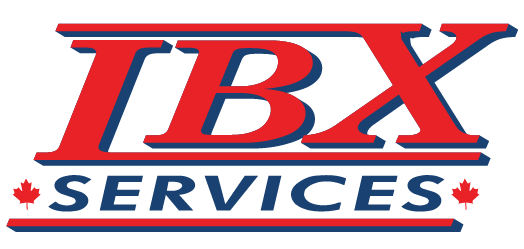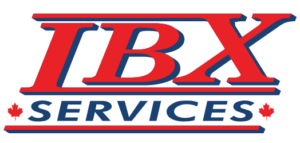How does mold affect people’s health?
Mold is one of the factors that affect health and mold affect caused different problems. Usually, molds are not a problem inside the house, unless mold spores land on a wet or damp spot and begin growing. In most cases, they cause or produce allergens (substances that can display allergic reactions) and irritants. Touching or inhaling mold or mold spores can cause allergic reactions in different ways in sensitive individuals. Some allergic symptoms are sneezing, skin rash, high fever-type symptoms, runny nose, and red eyes.
These mold effects are allergic reactions appear in two forms: delayed form or immediate. Unfortunately, mold affects even causing asthma attacks in people with asthma who are allergic to it. In addition, mold exposure can irritate the eyes, nose, skin, throat, and lungs of both mold-allergic people and non-allergic too. As a result of inhaling mold, other symptoms than the allergic and irritant eyes are not infrequently reported.
Some MOLD PREVENTION TIPS:
1. Identify problem areas in your home and correct them
You can’t mold-proof your house, but you can make it mold-resistant. Do an audit of your house: where are the problem areas? Whatever the case, address the problem now. It might cost some money upfront, but it will surely be more costly down the road if it continues to grow unchecked.
2. Dry wet areas immediately
Mold can’t grow without moisture, so tackle wet areas right away. If you’ve experienced a flood, remove water-damaged carpets, bedding, and furniture if they can’t be completely dried. Don’t leave wet clothes in the washing machine, where it can spread quickly.
3. Prevent moisture with proper ventilation
It may be that your routine domestic activities are encouraging the growth of mold in your house. Use AC units and dehumidifiers (especially in humid climates), but make sure they don’t produce moisture themselves by checking them periodically and cleaning them as directed by the manufacturer.
4. Equip your house with mold-resistant products
Building a new house or renovating an old one? Use mold-resistant products like resistant drywall or resistant Sheetrock, and mold inhibitors for paints. Not only is traditional drywall more susceptible to mold than the paperless kind, but it is also difficult to rid of it, and removal and replacement can be expensive.
5. Monitor humidity indoors
The EPA recommends keeping indoor humidity between 30 and 60 percent. If you notice condensation, dry the surface immediately and address the source of moisture (for example, turn off a humidifier if water appears on the inside of nearby windows).
6. Direct water away from your home
If the ground around your house isn’t sufficiently sloped away from the foundation, water may collect there and seep into your crawlspace or basement.
7. Improve air-flow in your home
According to the EPA, as temperatures drop, the air is able to hold less moisture. Without good airflow in your home, that excess moisture may appear on your walls, windows, and floors.
9. Keep it off household plants
They’re beautiful and help keep your indoor air clean — and mold loves them. The moist soil in indoor plants is a perfect breeding ground for it, which may then spread to other areas of your house. Instead of getting rid of your plants, try adding a bit of Taheebo tea to the water you give to your houseplants.
For more information you can call IBX Services at (416) 252-5959 or send a detailed description at support@ibx.ca of your mold removal emergency and let our mold removal crew handle everything.
Why Us?
IBX Services is a full-services company for any kind of emergency service in the GTA (Greater Toronto Area). What it signifies is that we offer the full range of solutions required for complete emergency services, cleaning and disinfection services, and commercial services too. From identifying the cause of the problem to fixing any design flaws in the affected areas, and the prevention of further and sealing to rigorous testing to detect any other indirect problem, we strive to be a leader in the emergency services solutions industry.

